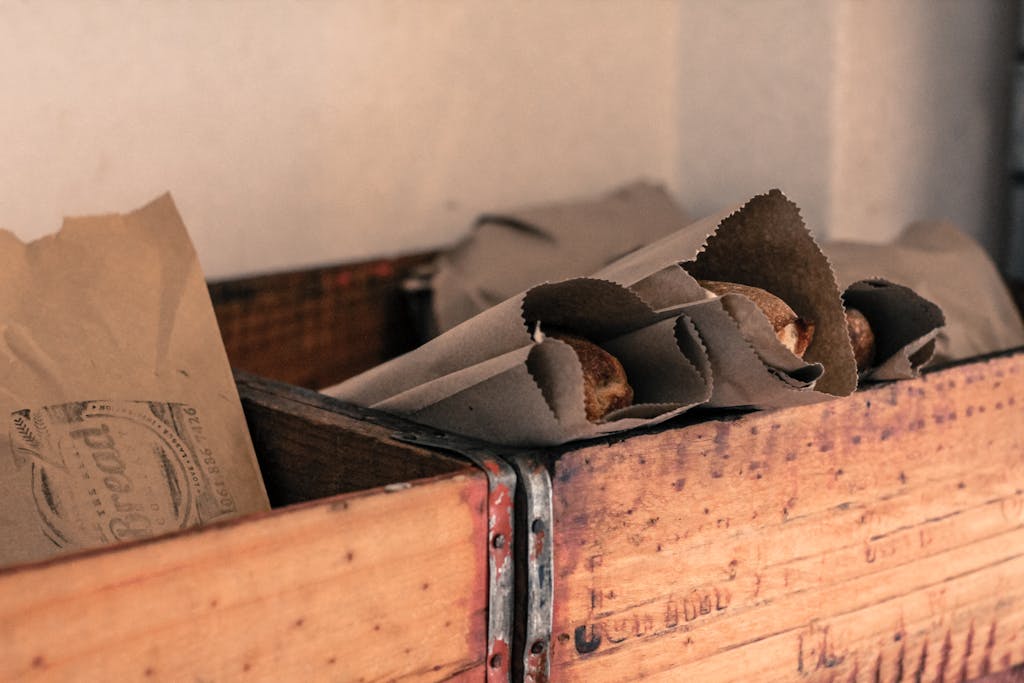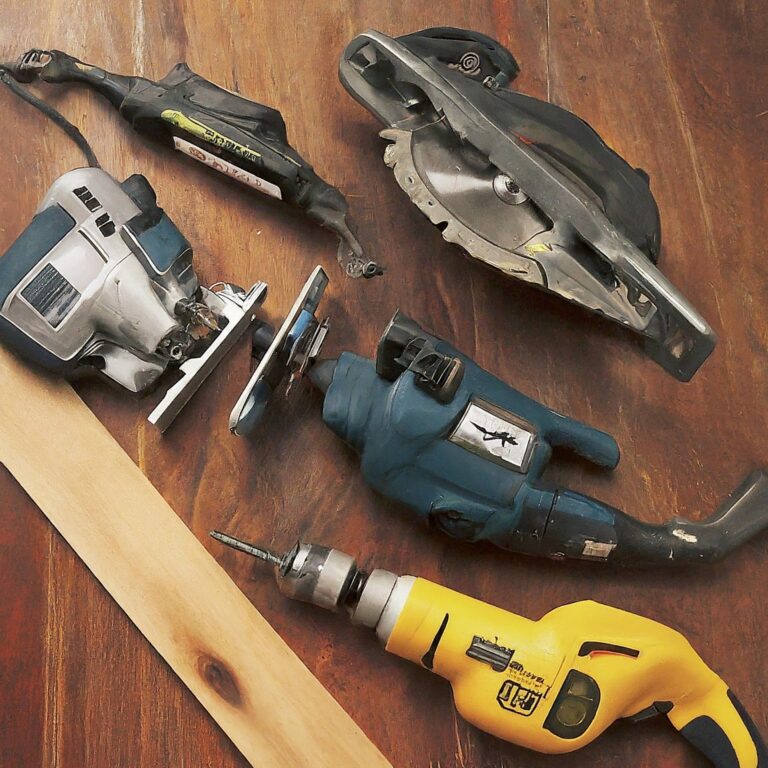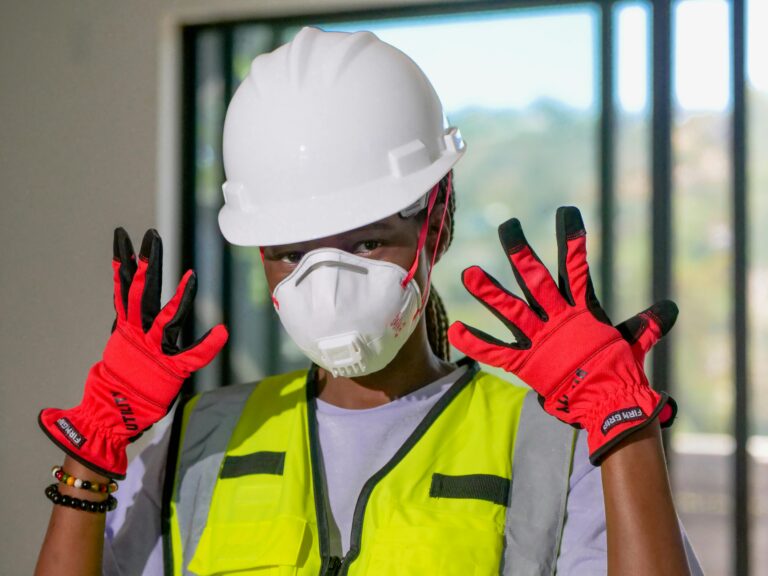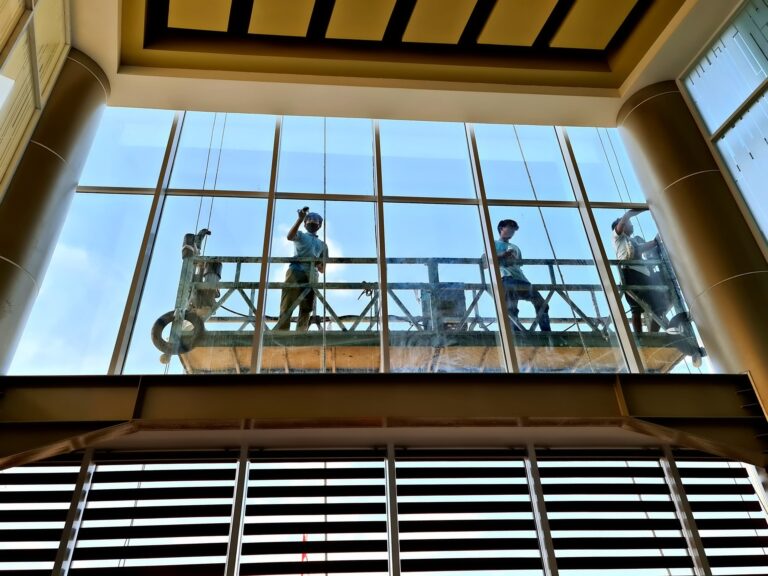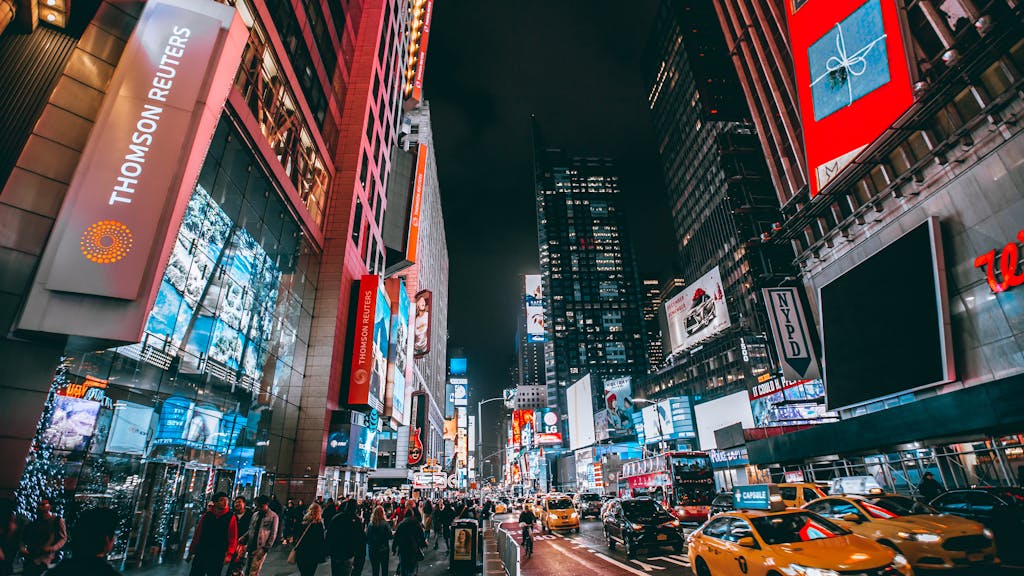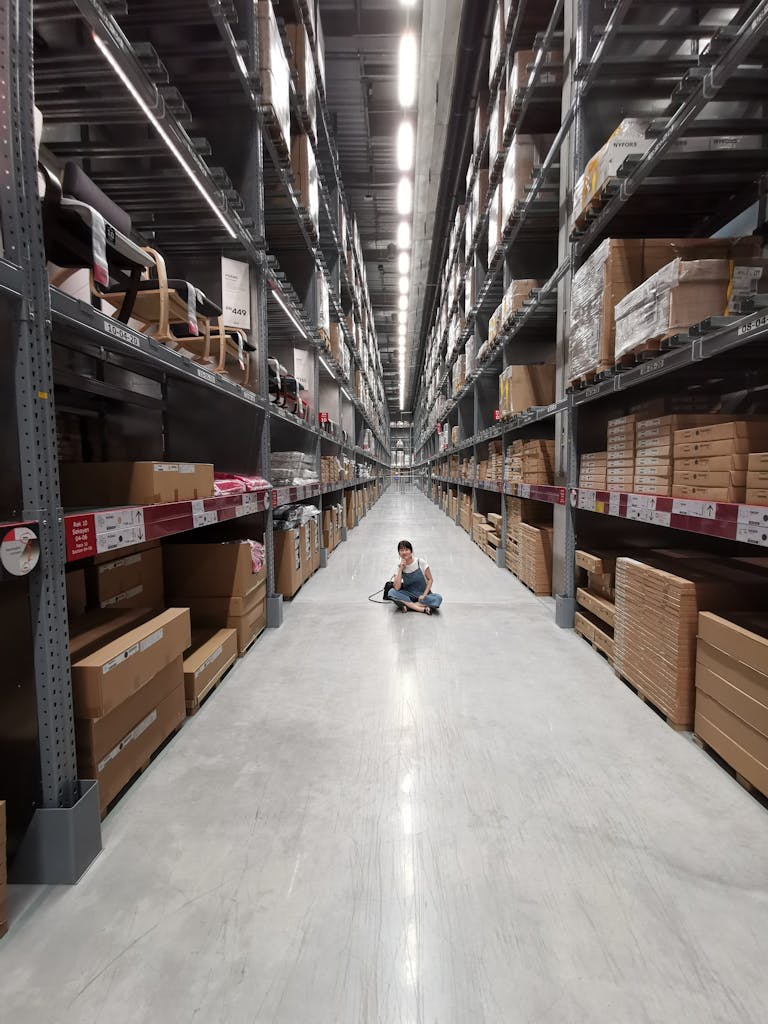In today’s environmentally conscious world, consumers are increasingly making purchasing decisions based on a company’s commitment to sustainability. This shift in consumer behavior presents a significant challenge, but also a golden opportunity, for manufacturers. By implementing innovative sustainable packaging solutions, manufacturers can not only reduce their environmental footprint but also gain a competitive edge.
The Mounting Problem of Traditional Packaging
Let’s face it, traditional packaging often leaves a lot to be desired when it comes to sustainability. Plastic, the workhorse of the packaging industry, comes with a hefty environmental cost. A staggering statistic by Science Advances: [invalid URL removed] reveals that over 350 million tons of plastic waste were generated globally in 2017, with a significant portion ending up in landfills or polluting our oceans. This not only harms ecosystems but can also negatively impact brand image.
Embracing Sustainable Packaging: A Win-Win Situation
The good news is that there’s a growing wave of innovative solutions that are both environmentally friendly and beneficial for manufacturers. Let’s explore some of these exciting options:
- Biodegradable and Compostable Materials: Made from renewable resources like plant starches, these materials decompose naturally, leaving no harmful residues. This is a fantastic option for food and beverage packaging, as it allows for safe and responsible disposal by consumers.
Case Study: Grove Collaborative’s Sustainable Shift
Grove Collaborative, a leading online retailer of eco-friendly cleaning products, switched from plastic bottle packaging to a plant-based, fully compostable alternative. This move not only aligned with their brand values but also resonated with their environmentally conscious customer base. The company reported a significant increase in customer satisfaction and brand loyalty following the packaging switch.
- Minimalist Packaging Design: Rethinking design to minimize material usage is a powerful strategy. Consider using right-sized packaging that perfectly fits the product, eliminating unnecessary space fillers. This not only reduces material consumption but also lowers transportation costs, as more products can fit into a single shipment.
Did You Know?
A study by McKinsey & Company: [invalid URL removed] found that for some products, simply optimizing packaging design can reduce material usage by up to 50%. This translates to significant cost savings for manufacturers while benefiting the environment.
- Reusable Packaging Solutions: Think beyond single-use plastics. Reusable containers, like refillable bottles or returnable shopping bags, are gaining traction. This approach encourages a circular economy, where packaging materials have a longer lifespan, reducing waste generation.
The Loop Initiative: A Game Changer
The Loop initiative, backed by major corporations like Unilever and Proctor & Gamble, is a prime example of reusable packaging in action. Consumers purchase products in durable, refillable containers that are collected and refilled after use. This innovative system eliminates single-use packaging and encourages responsible consumption practices.
Beyond Sustainability: Building a Competitive Advantage
Sustainable packaging isn’t just about environmental responsibility; it’s also about smart business practices. Here’s how these innovative solutions can give you a competitive edge:
- Enhanced Brand Image: Consumers are willing to pay a premium for products from brands that prioritize sustainability. Implementing eco-friendly packaging demonstrates your commitment to environmental responsibility, leading to greater customer loyalty and brand differentiation.
**A 2021 NielsenIQ study reveals that 66% of global consumers are willing to pay more for sustainable products.
- Reduced Waste Disposal Costs: Traditional packaging often comes with hefty waste disposal fees. By shifting to sustainable packaging that can be composted or recycled, manufacturers can significantly lower these costs, improving their bottom line.
Operational Efficiency Gains: Rethinking packaging design and materials can lead to unexpected efficiency gains. For example, minimalist packaging often leads to lighter product weight, which translates to lower transportation costs and potentially reduced warehouse storage needs.
Remember, sustainability and efficiency go hand in hand. By implementing innovative packaging solutions, manufacturers can create a win-win situation for the environment, their brand image, and their bottom line.
Beyond the Box: Innovative Packaging Options for a Competitive Edge
In the ever-evolving world of manufacturing, staying ahead of the curve is crucial. Innovative packaging solutions not only contribute to a greener future but can also provide a significant competitive edge. Let’s delve deeper into some exciting options that go beyond traditional cardboard boxes and plastic:
- Smart Packaging with Integrated Technology: Embedding sensors and trackers into packaging can revolutionize the way products are monitored and managed throughout the supply chain. Imagine temperature-sensitive foods being equipped with sensors that alert distributors of potential spoilage during transport. This not only reduces food waste but also ensures product quality reaches consumers.
Case Study: The Rise of “Freshness Tracking”
California-based Apeel Sciences has developed a plant-based coating that extends the shelf life of fruits and vegetables. This coating, along with integrated sensors in the packaging, allows retailers to track the freshness of produce throughout the supply chain, minimizing spoilage and waste.
- Interactive Packaging that Enhances Customer Experience: Packaging can be more than just a protective shell; it can be a marketing tool and an interactive experience. Augmented reality (AR) technology is making waves in the packaging world. Imagine a wine bottle label that comes alive with a virtual tour of the vineyard when scanned with a smartphone. This interactive experience can enhance brand storytelling and leave a lasting impression on consumers.
Example in Action: Smirnoff’s AR Cocktail Experience
Smirnoff vodka launched a campaign where their bottles featured AR triggers. When scanned with a smartphone, the labels displayed animated cocktail recipes, adding a fun and interactive element to the customer experience.
- Sustainable Packaging that Doubles as Marketing: Packaging can be a powerful canvas to showcase your brand’s commitment to sustainability. Consider using recycled or upcycled materials in your packaging design. This not only reduces your environmental footprint but also sends a clear message to eco-conscious consumers about your sustainability efforts.
Patagonia’s Commitment to Recycled Materials:
Outdoor apparel giant Patagonia is a leader in using recycled materials in their product packaging. They utilize recycled cardboard and even incorporate used plastic bags collected from consumers into their packaging materials. This transparent approach resonates with their environmentally conscious customer base.
Remember, innovation is key. By embracing new technologies and creative designs, manufacturers can develop unique packaging solutions that not only protect their products but also enhance brand identity, customer experience, and overall marketability.
Unboxing Efficiency: Packaging Solutions for Streamlined Operations
Efficiency plays a vital role in a manufacturer’s success. Innovative packaging solutions can significantly improve operational efficiency throughout the supply chain:
- Automation-Friendly Packaging Design: Consider how your packaging interacts with automated systems in warehouses and distribution centers. Standardized shapes and sizes, along with easy-to-open features, can significantly speed up the packing, palletizing, and unpacking processes, reducing labor costs and improving overall throughput.
The Power of Standardization:
A study by the International Warehouse & Logistics Association: [invalid URL removed] found that standardized packaging can reduce warehouse receiving times by up to 30%. This translates to significant time and cost savings for manufacturers.
- Packaging that Minimizes Damage: Damaged goods not only lead to customer dissatisfaction but also incur replacement and disposal costs. Investing in robust yet lightweight packaging solutions can significantly reduce in-transit damage. Consider using shock-absorbing materials or air pockets for fragile items.
The Hidden Cost of Damage:
The National Retail Federation estimates that shrinkage, which includes damage during transport, costs retailers billions of dollars annually. Investing in proper packaging can significantly reduce these losses and improve profitability.
- Sustainable Packaging Designed for Easy Recycling: Simplifying the recycling process for consumers can contribute to a more circular economy and boost post-consumer recycling rates. Clearly marked and easy-to-separate packaging components encourage responsible disposal, reducing your environmental footprint.
Think Recyclable, Think Easy:
A study by the Ellen MacArthur Foundation: [invalid URL the new plastics economy a catalysing action ON Ellen MacArthur Foundation ellenmacarthurfoundation.org] found that complex packaging with multiple materials often ends up in landfills because consumers are unsure about how to properly recycle them. Designing packaging with clear recycling instructions and easily separable components can significantly improve recycling rates.
Optimizing packaging for efficiency is a win-win. By streamlining processes, minimizing damage, and facilitating recycling, manufacturers can improve operational efficiency, reduce costs, and contribute to a more sustainable future.
Conclusion
Innovative packaging solutions offer a compelling opportunity for manufacturers to navigate the ever-evolving landscape. By prioritizing sustainability, embracing technological advancements, and optimizing packaging for efficiency, manufacturers can gain a significant competitive edge, enhance brand image, and contribute to a better tomorrow. Remember, the future of packaging lies in solutions that are not just functional but also environmentally responsible, innovative, and efficient. By embracing these trends, manufacturers can ensure their long-term success and make a positive impact on the world. Here are some final takeaways to keep in mind:
- Stay Informed: The packaging industry is constantly evolving. Staying updated on the latest trends, materials, and technologies is crucial for making informed decisions and identifying the most suitable solutions for your products.
- Embrace Collaboration: Collaboration between manufacturers, packaging designers, and sustainability experts is essential for developing truly innovative and effective packaging solutions.
- Measure and Analyze: Track the impact of your packaging choices. Monitor factors like waste reduction, transportation efficiency, and customer feedback to continuously improve your packaging strategies.
By making a commitment to innovative and sustainable packaging solutions, manufacturers can create a ripple effect of positive change. They can contribute to a cleaner environment, reduce their environmental footprint, and build a more responsible and sustainable future for generations to come. So, the next time you design packaging for your product, think beyond just functionality. Embrace innovation, prioritize sustainability, and unlock the full potential of this powerful marketing and efficiency tool.

